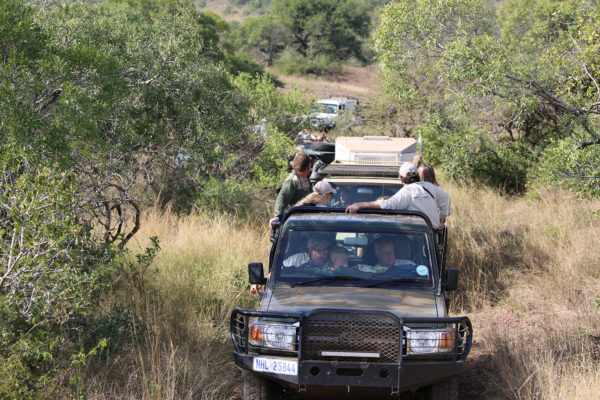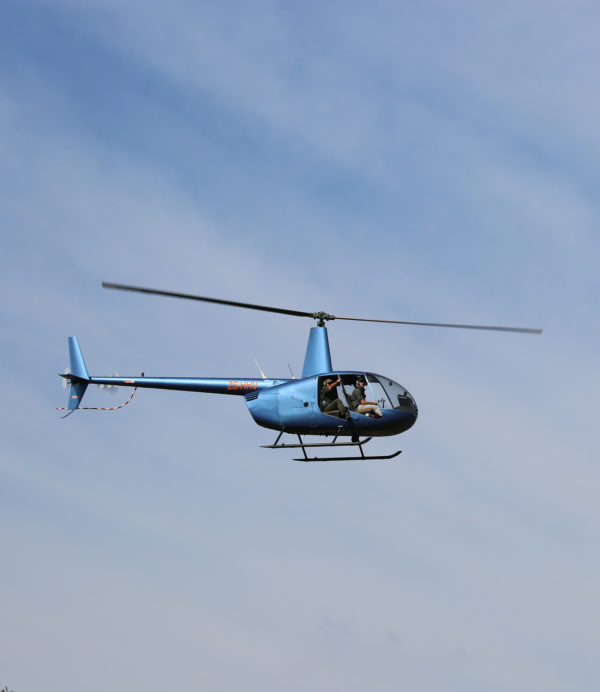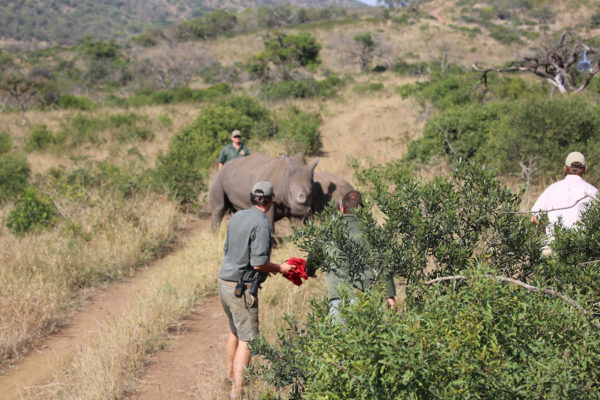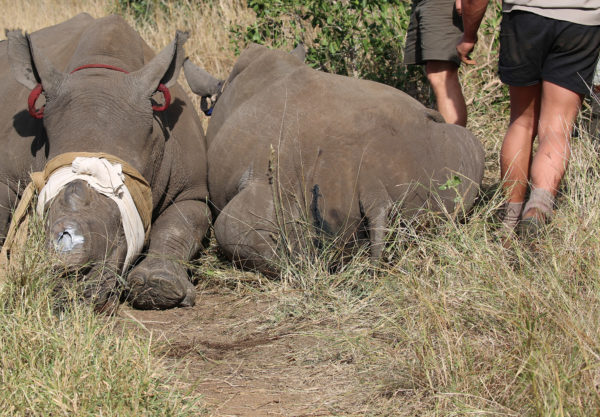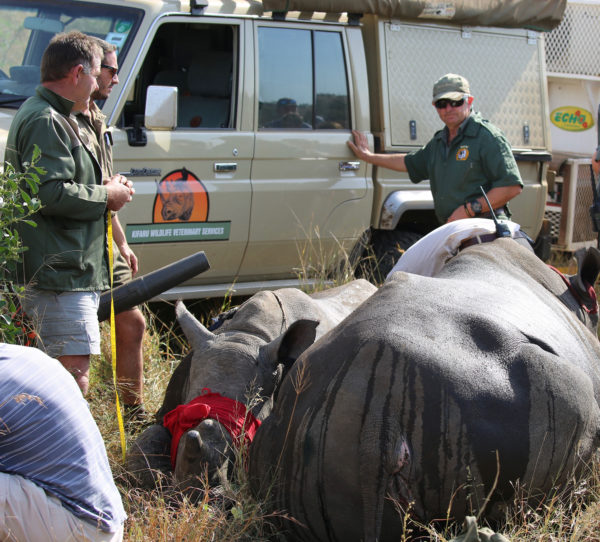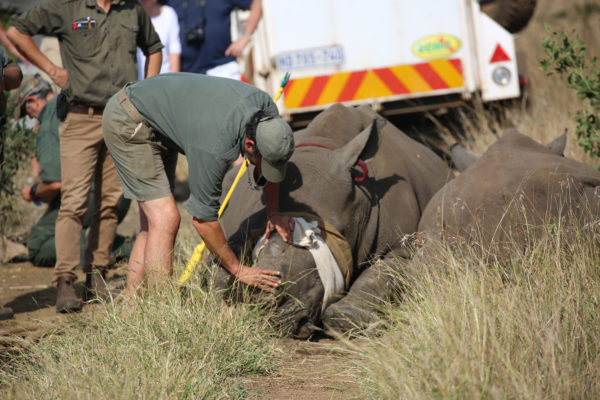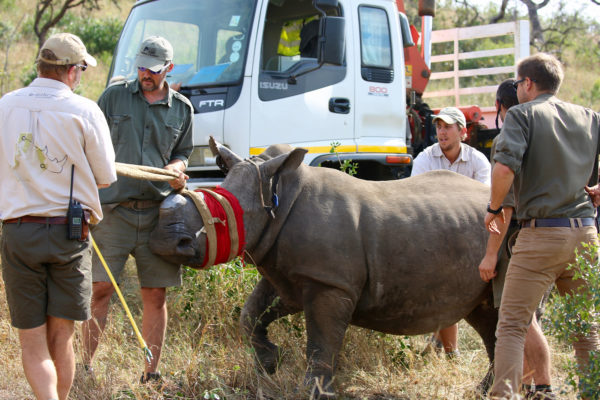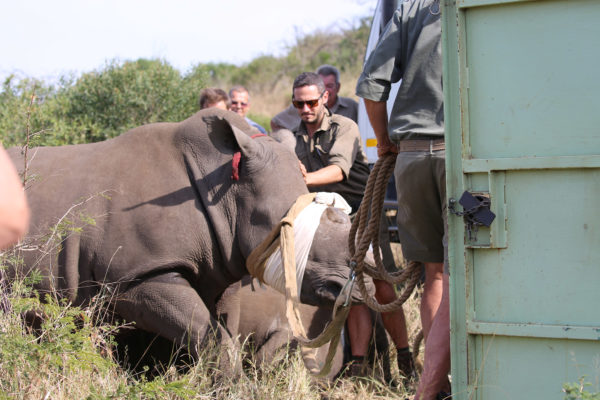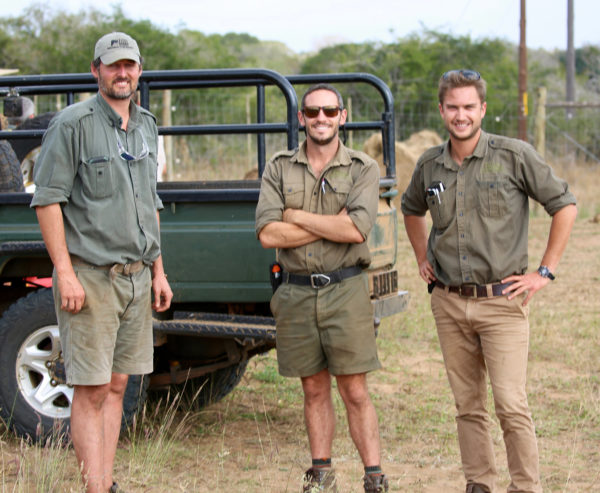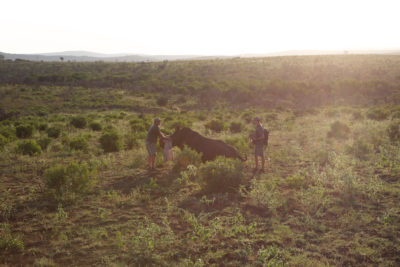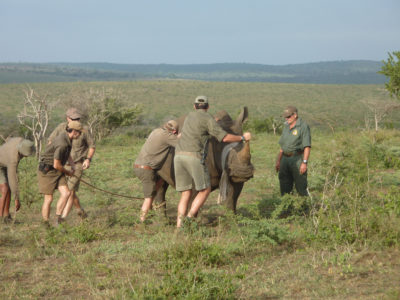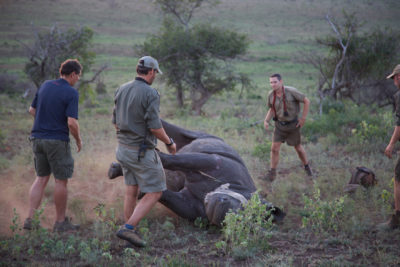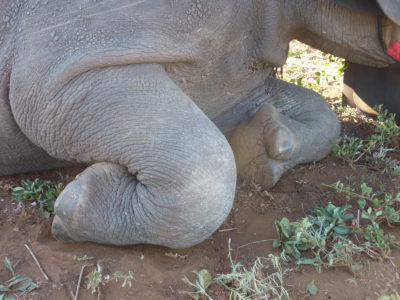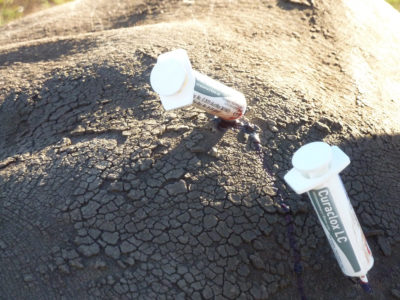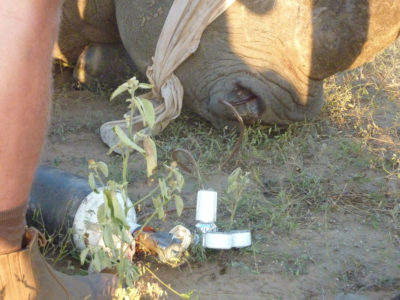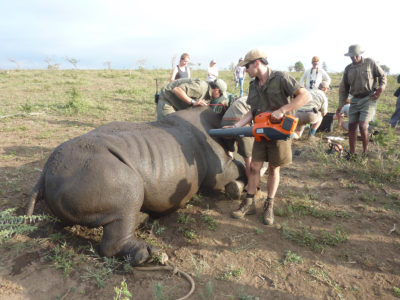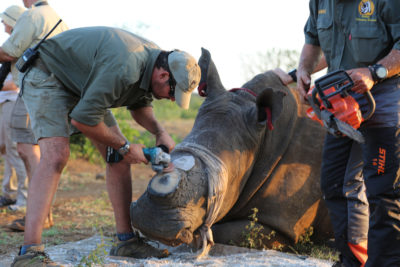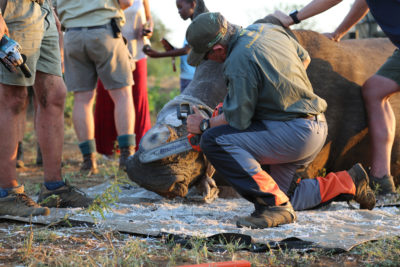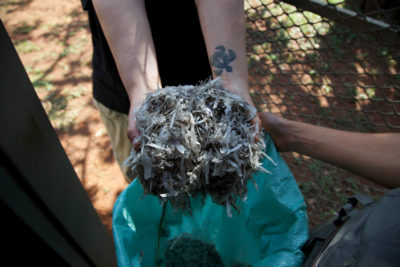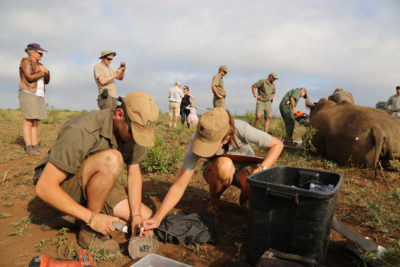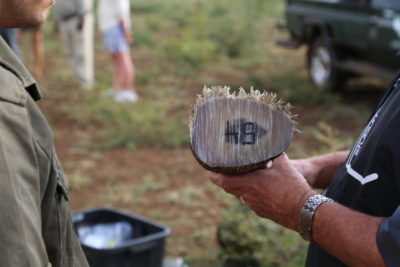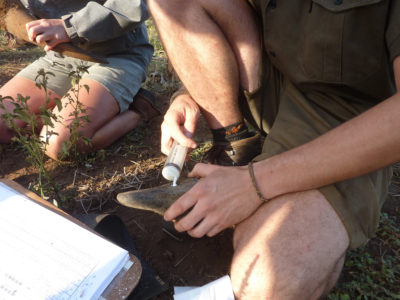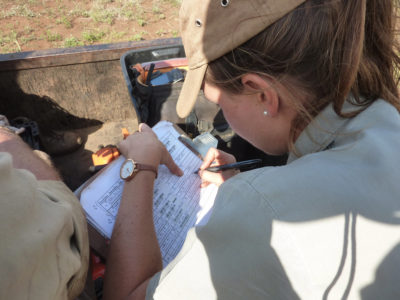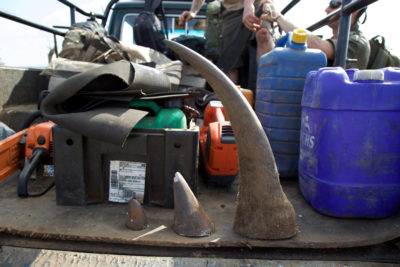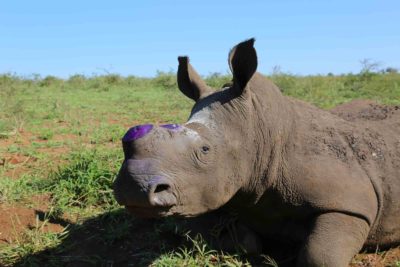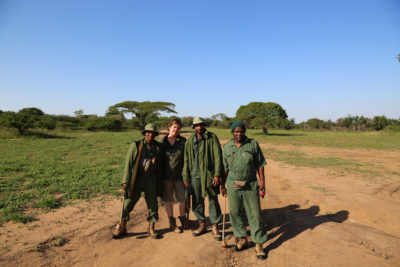Rhino Conservation

Rhino Conservation
Injured Rhino Transported to the Boma
The rhino in this story was discovered to be injured during daily monitoring. Once determined through observation over two days time that she could not get herself to water the decision was made to transfer her, and her baby, to the boma – an enclosed space to treat animal injury. Here is the detailed story of her capture, treatment and release.
Injured Rhino Transported to the Boma
The rhino in this story was discovered to be injured during daily monitoring. Once determined through observation over two days time that she could not get herself to water the decision was made to transfer her, and her baby, to the boma – an enclosed space to treat animal injury. Here is the detailed story of her capture, treatment and release.
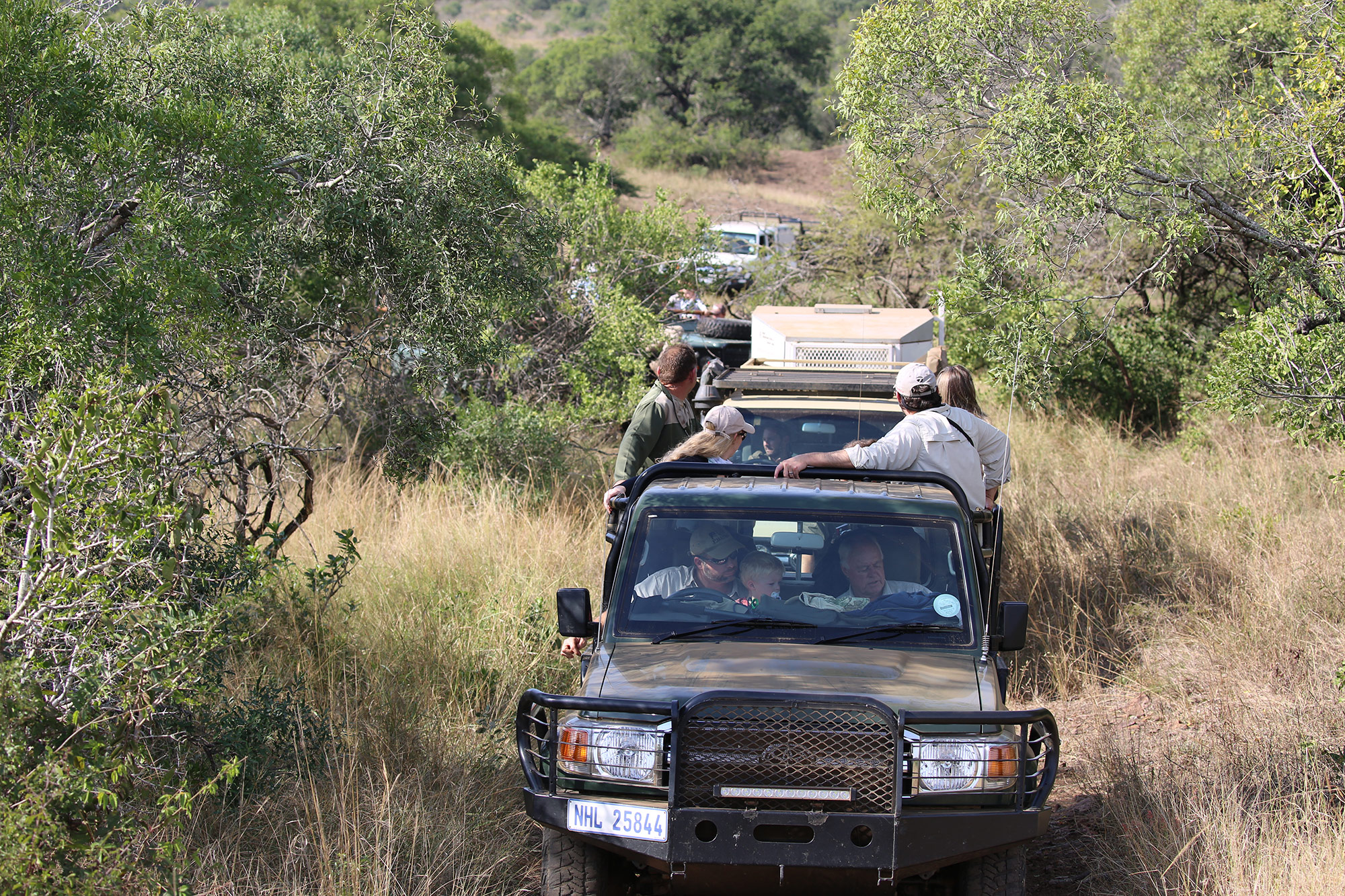
Today the Conservation Team has gathered to locate and transfer a white rhino female and her calf to an enclosed pen called a Boma. ( hospital) She has a leg injury and needs to be treated and monitored for several weeks.
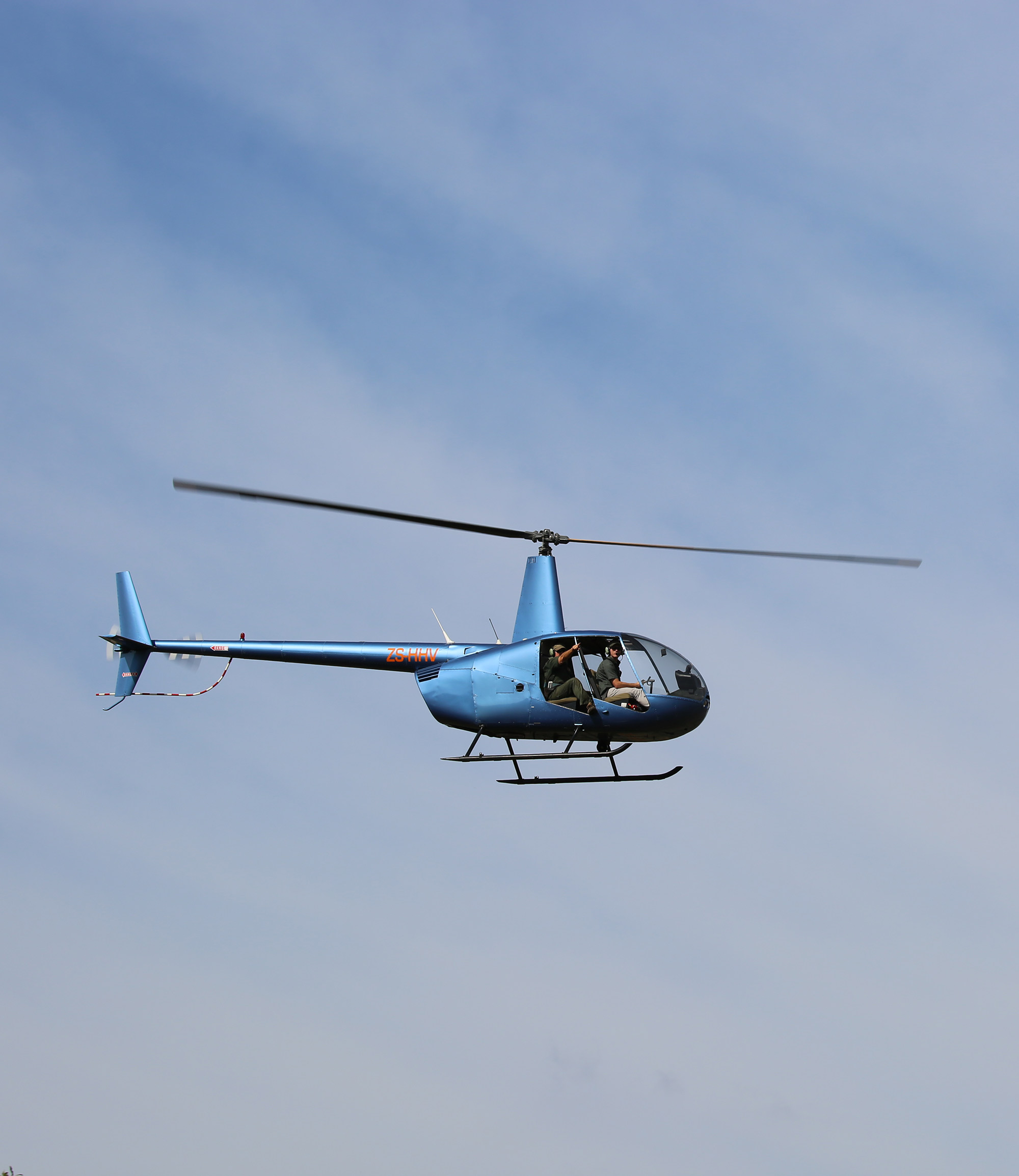
A wildlife helicopter pilot carrying a wildlife vet must locate the rhino and “herd” her to a safe place for vet to dart her with sedation. The ground team will get coordinates from helicopter and quickly drive through bush so they are on scene before rhino falls down.
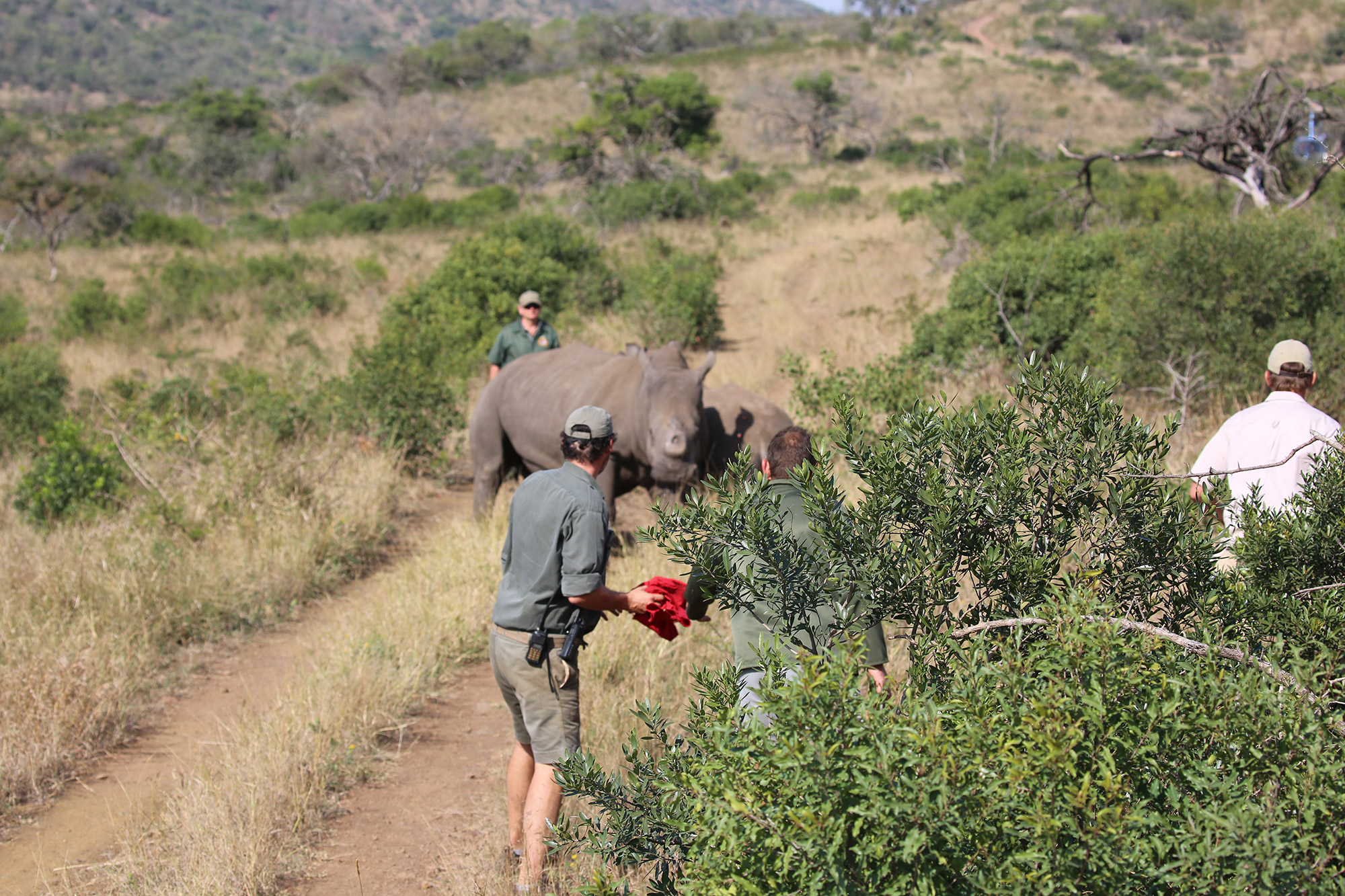
Simon, the lead wildlife manager at the reserve is first to reach the rhino and calf. Because of his deep knowledge of these animals, he knows how to approach and work so as to minimize stress to the animals.
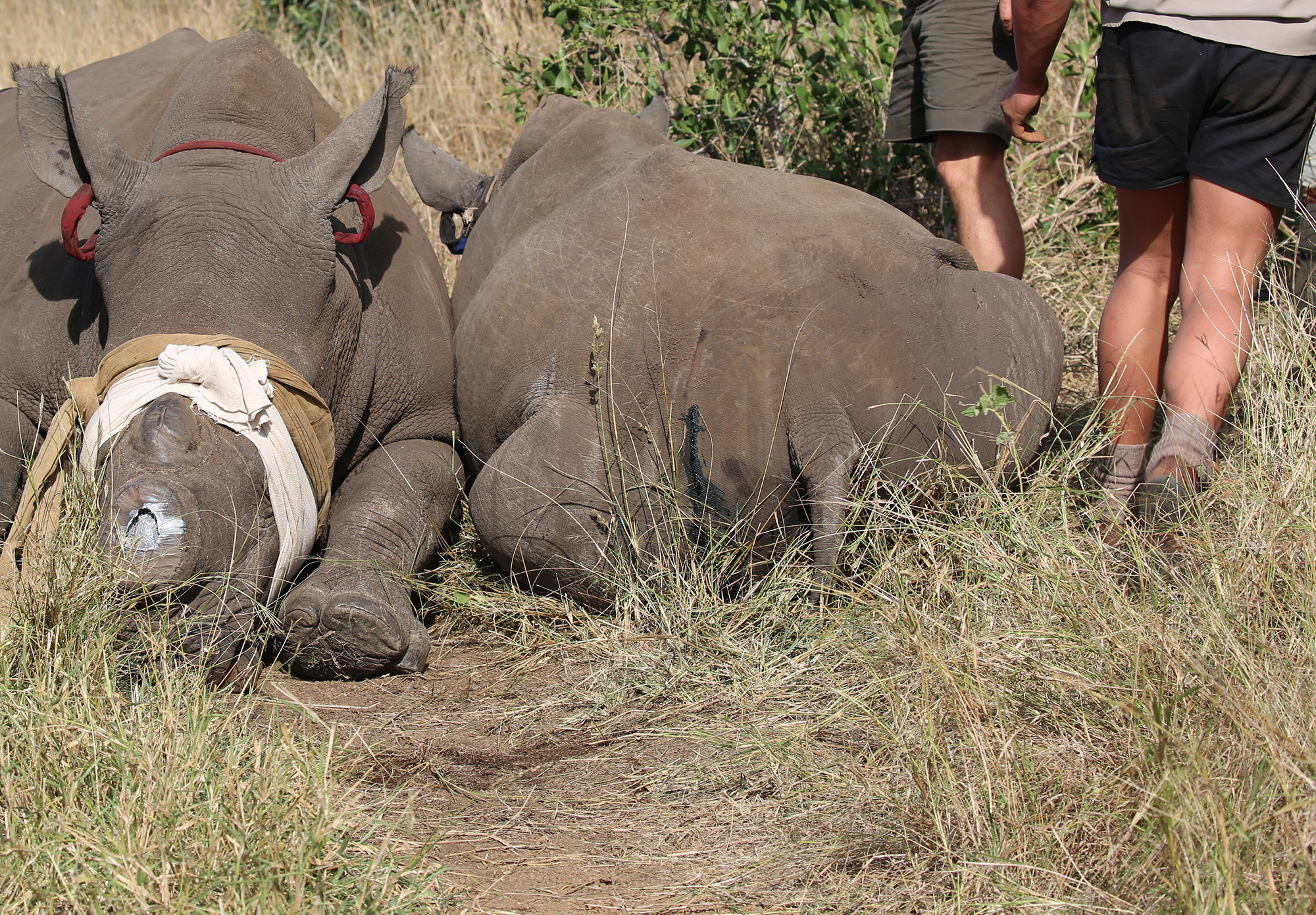
Simon, the lead wildlife manager at the reserve is first to reach the rhino and calf. Because of his deep knowledge of these animals, he knows how to approach and work so as to minimize stress to the animals.
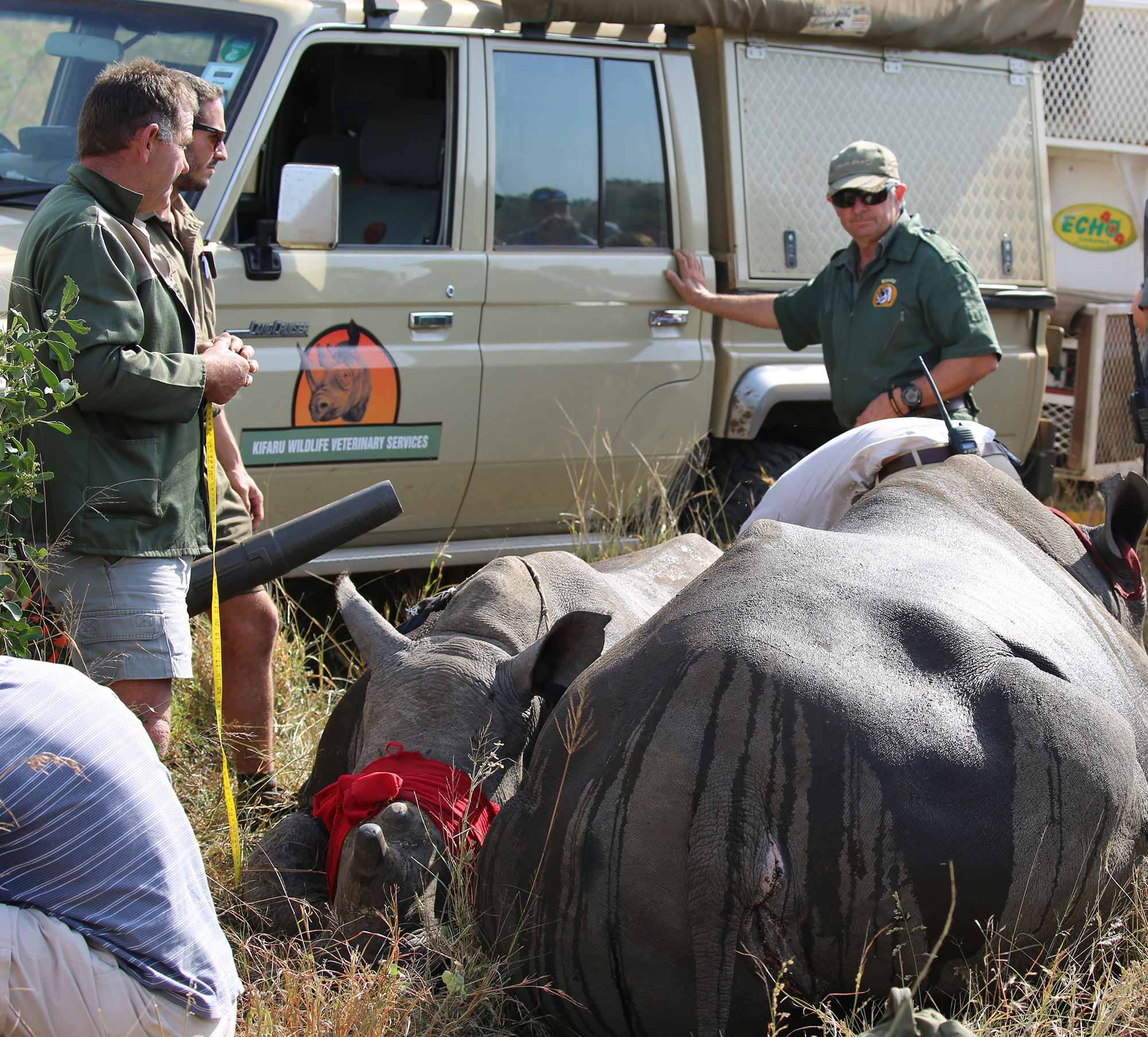
Water must be poured over rhinos to keep them cool when they begin to over heat. Another reason the team must work quickly.
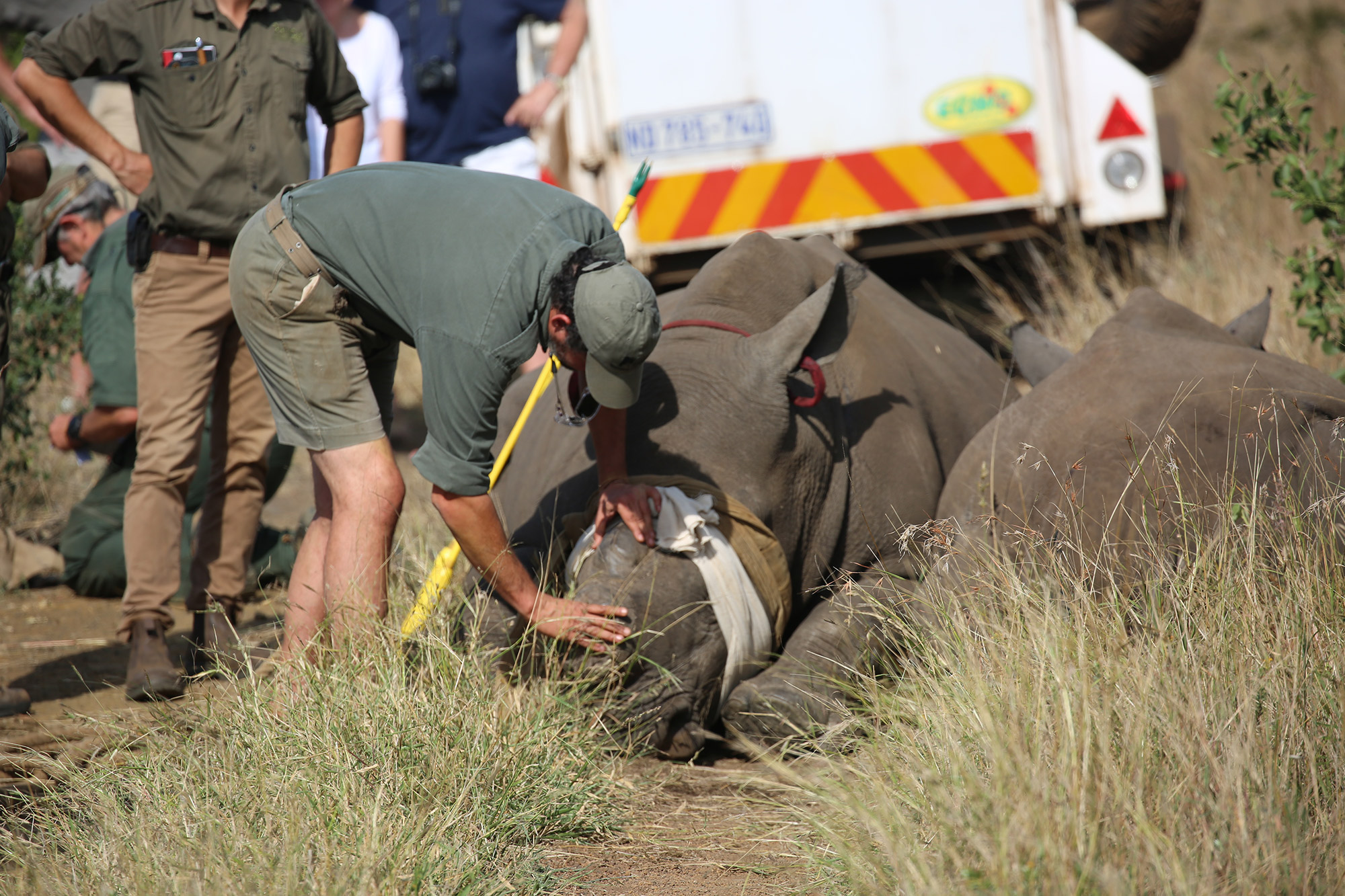
Simon inspects the rhinos condition of the remaining stump. The eyes are covered with fabric to reduce stress and prevent sunburn.
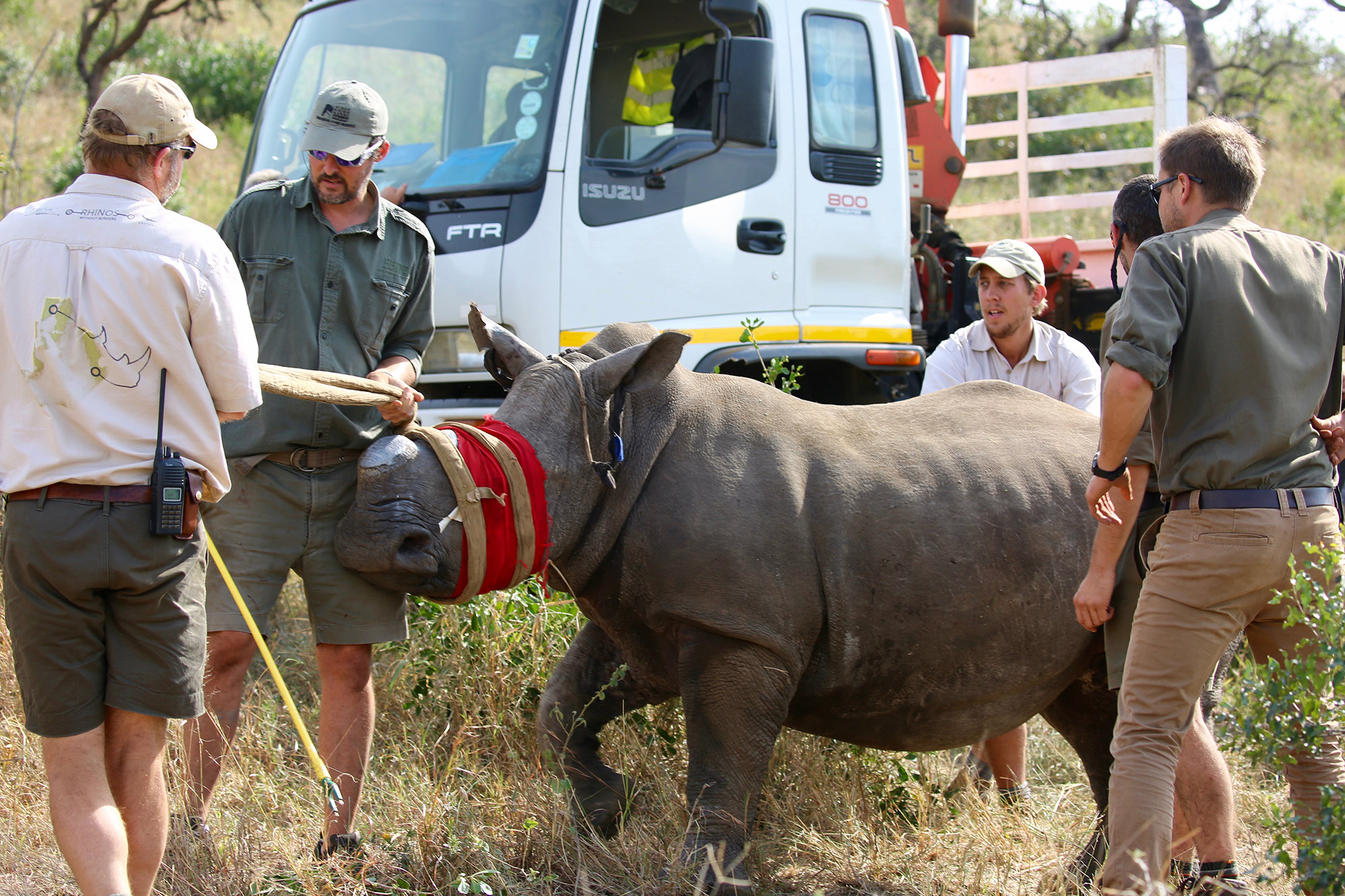
The rhino must be taken to a level of only partial sedation in order to load into container for transport.
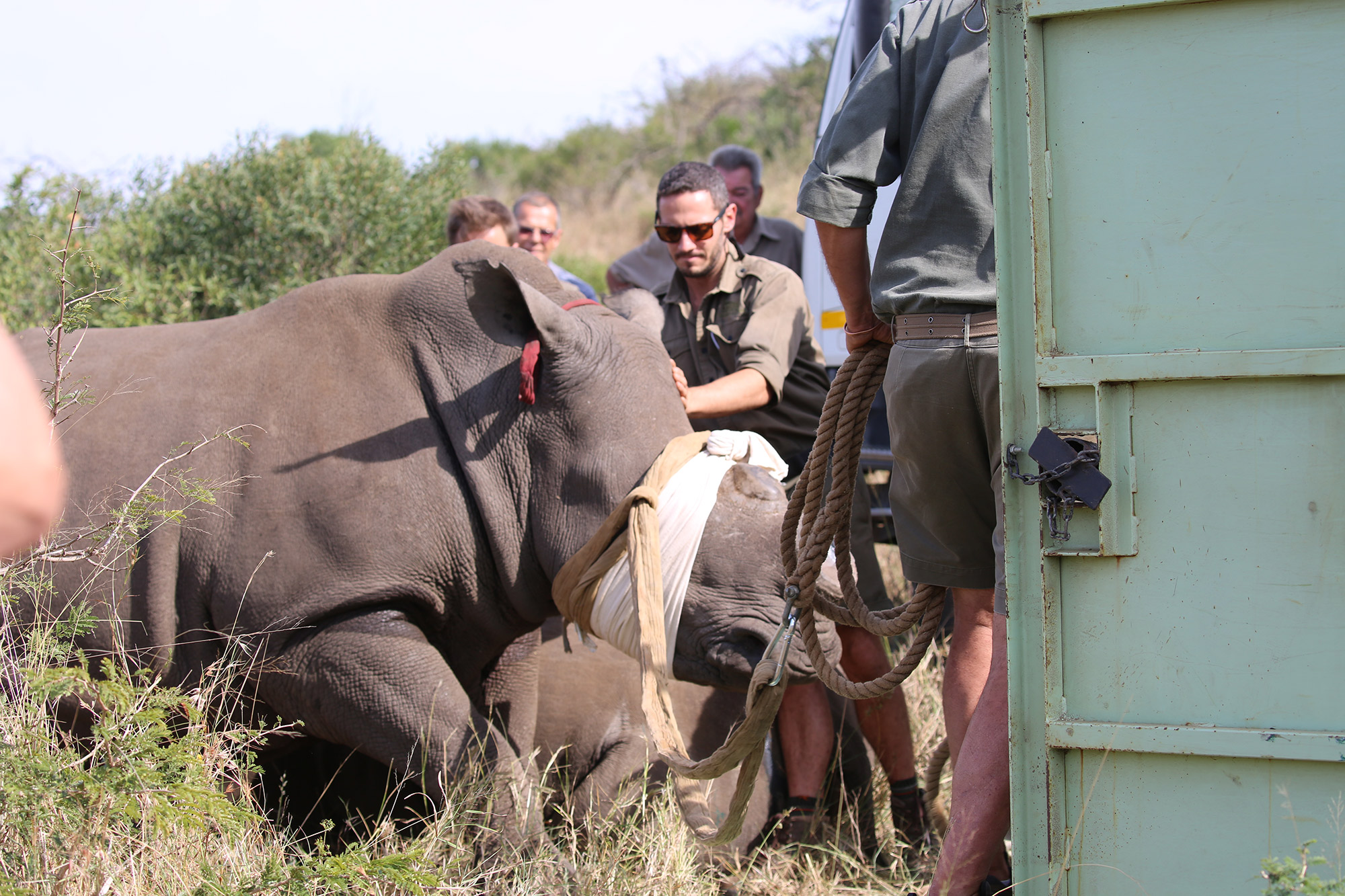
It would be impossible to lift this multi-ton animal, so the conservationists need to guide her in.

Phinda conservation team: Simon, Axel and Craig.
Rhino Dehorning Story
In the spring of 2016, the wildlife mangers at Phinda made the very difficult decision to dehorn their rhino population to stave off the imminent threat of more poaching activity. This was due to the surrounding reserves having been poached of ALL rhinos, therefore Phinda was now a primary target. In two weeks time almost 90 rhinos were dehorned. The following story explains the complex process required, involving a large team including a vet, a wildlife helicopter pilot, wildlife mangers and volunteers. Once sedated the team has only 28minutes to accomplish the dehorning without risk to the rhino’s health. In my first volunteer placement through ACE (African Conservation Experience) I was lucky enough to be part of the team in this important lifesaving mission.
In 2017, there were NO rhinos poached at Phinda. They must continue to dehorn rhinos until the threat of poaching is over. As part of the conservation of dehorning these rhinos are tracked for any behavioral changes (mating and habitat use). As drastic as this action seems, this approach seems to be working to deter poachers and save this gravely endangered species.


